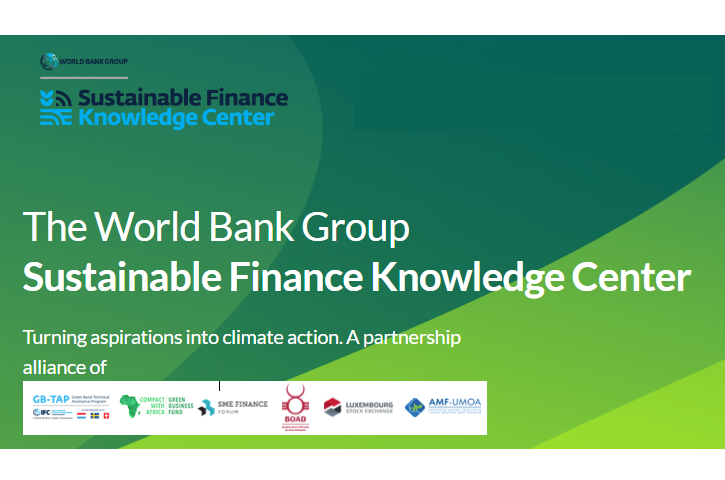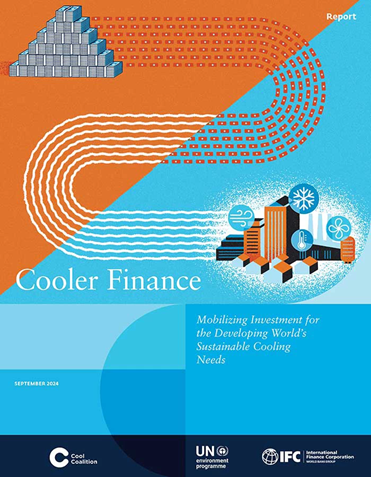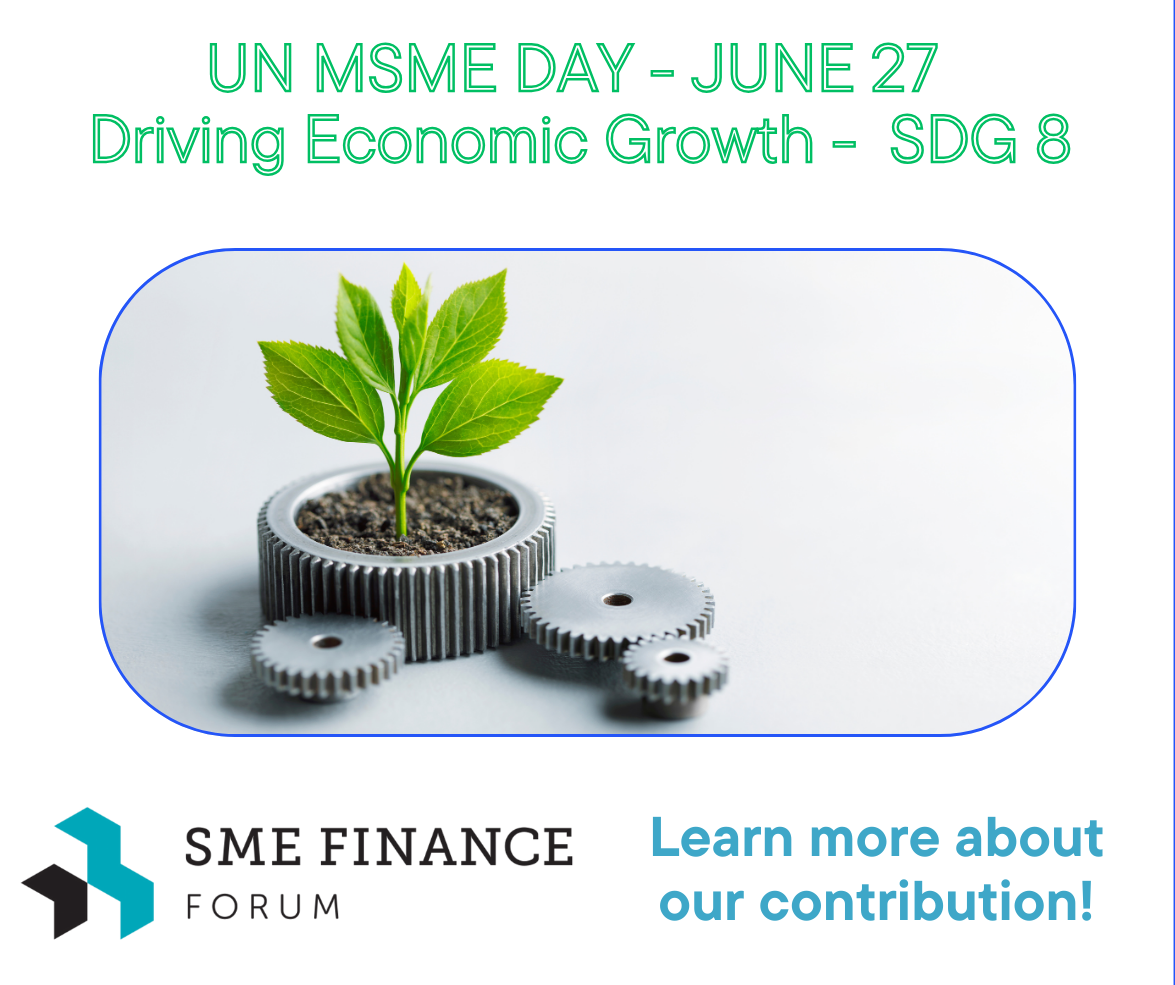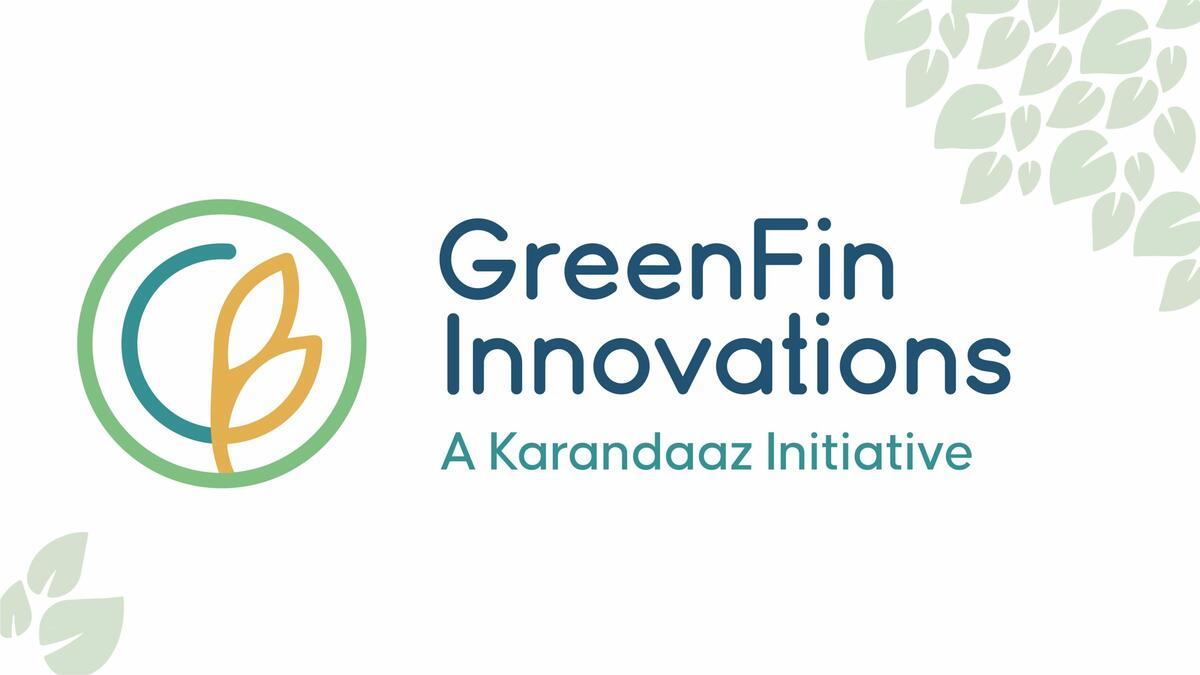A piggy bank can be a fun and effective way to teach kids about saving money, but those little containers only go so far. They eventually run out of space, and they’re too easy to access for impulse spending. Working with Women's World Banking, the Dominican Republic’s Banco ADOPEM introduced a more promising strategy in 2010 for teaching kids how to save money: opening a savings account in their name.With support from Barclays, Women's World Banking was able to return to Banco ADOPEM four years later and analyze the impact of this youth savings and financial education program called Mía (‘mine’ in Spanish) on the financial institution. Emerging principles from the Mía youth savings program demonstrate how to build a sustainable youth proposition with a positive, lasting impact on kids and their families.Banco ADOPEM gives kids an alcancia, an aluminum-can piggy bank popular in the Dominican Republic, once they open an account. When the can fills up, kids are encouraged to take the money to the bank to deposit, and the bank gives them another alcancía. Banco ADOPEM’s Mía program targets specific youth segments with different offerings: a Mía Menores account for youth ages 0-15, and a Mía Mayores account for youth ages 16-24. Menores accounts must be opened by a parent or legal guardian, while older kids can open a Mayores account themselves. Both accounts are set up under the youth’s own name and designed to give kids experience in managing their own savings. Opening a Menores or Mayores account requires a small initial deposit ($2.50 or $5 USD, respectively). Dormancy fees kick in if an account remains inactive for six straight months.
Articles
Five Things Any Youth Savings Program Needs
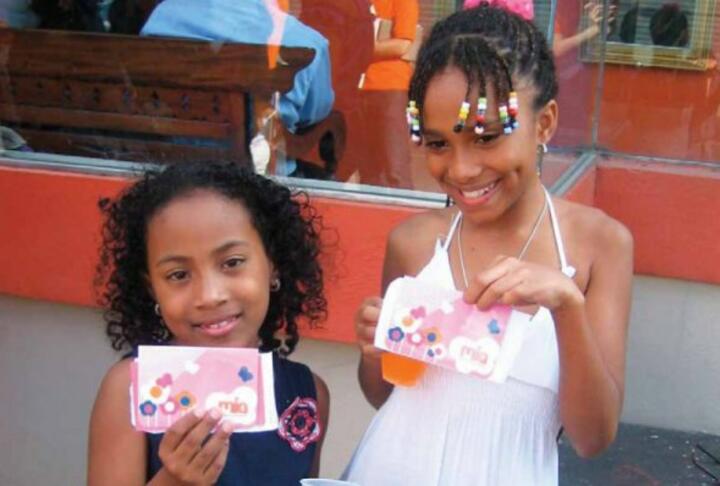
May 26, 2015




